Recharged Ambitions: Hyundai’s 2026 Nexo Makes Another Play for Hydrogen Power
The first-generation hydrogen fuel-cell EV didn't exactly take off in the U.S., but Hyundai's not done with our market just yet.

Hyundai sees the tug-of-war between gas and electric cars as a chance to offer something different — a cleaner vehicle that doesn’t rely on rare minerals and can refuel in minutes for an estimated 436 miles of range. Still, in a country with more people over 100 than hydrogen stations, can this second-gen Nexo make a real impact?
The new Nexo marks a big step for Hyundai’s hydrogen ambitions. Between June and August, nearly 7,000 units sold worldwide — more than four times what the first model managed in the same span. Hyundai’s been chasing this tech since the late ’90s, but early efforts struggled in the U.S. due to a nonexistent refueling network. In 2020, only 208 Nexos found homes here.
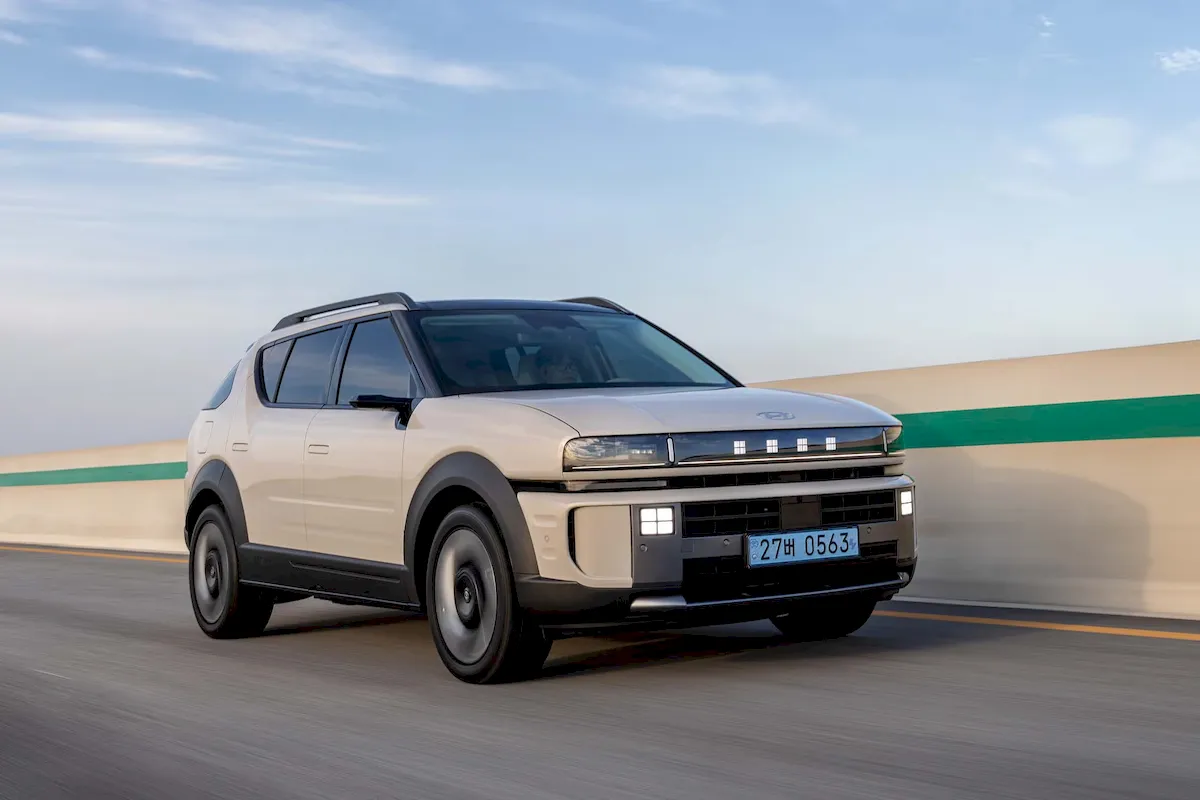
Back in Korea, hydrogen cars are common enough to earn their own symbols on highway signs. Hyundai now aims more at fleet and commercial customers, where centralized refueling makes more sense. The company won’t confirm U.S. launch plans yet, but the fact that journalists were invited to Korea to drive it says plenty.
Under the Hood
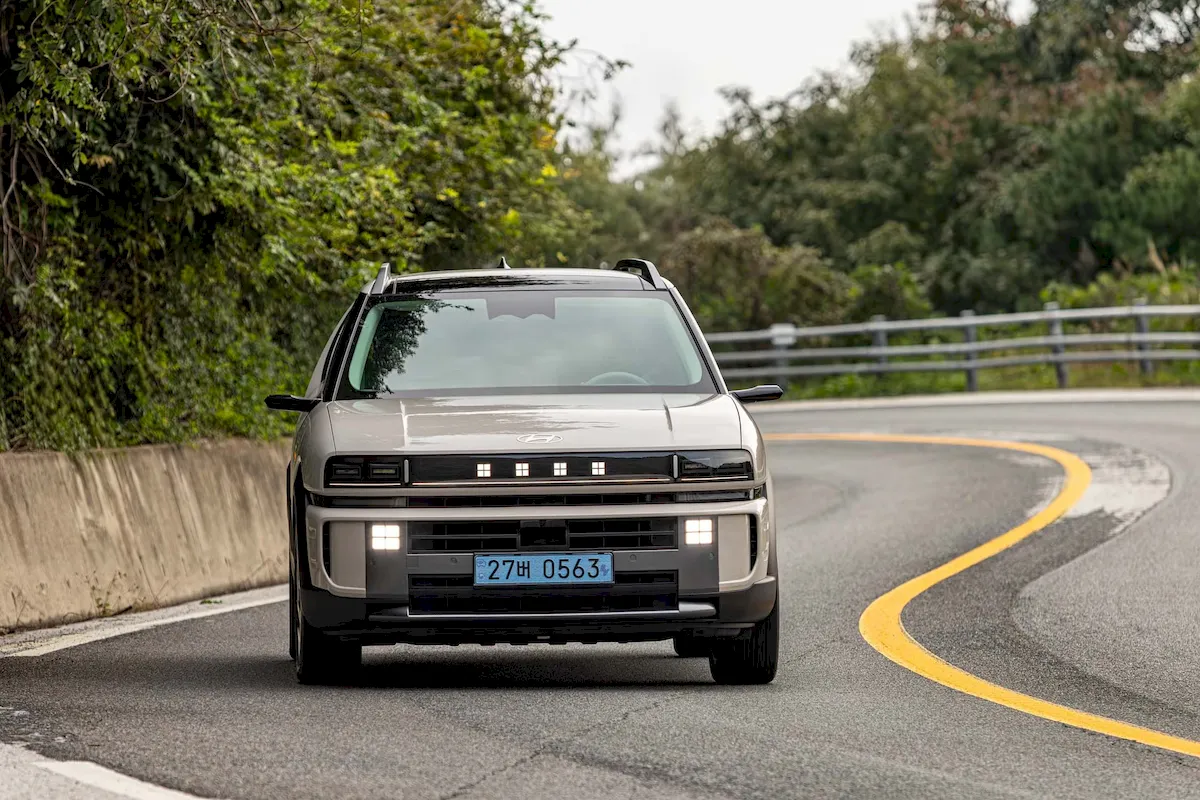
This new Nexo is all about refinement and more power. The fuel cell system is smaller, lighter, and stronger. Battery capacity jumps from 1.6 to 2.6 kWh, hydrogen storage grows slightly to 14.8 pounds, and output climbs 33 percent to 201 horsepower. Range rises to an estimated 436 miles — roughly 80 more than before — and the 0–60 mph time drops by more than a second. If Hyundai’s numbers hold, the Nexo could outpace Toyota’s Mirai in both range and acceleration.
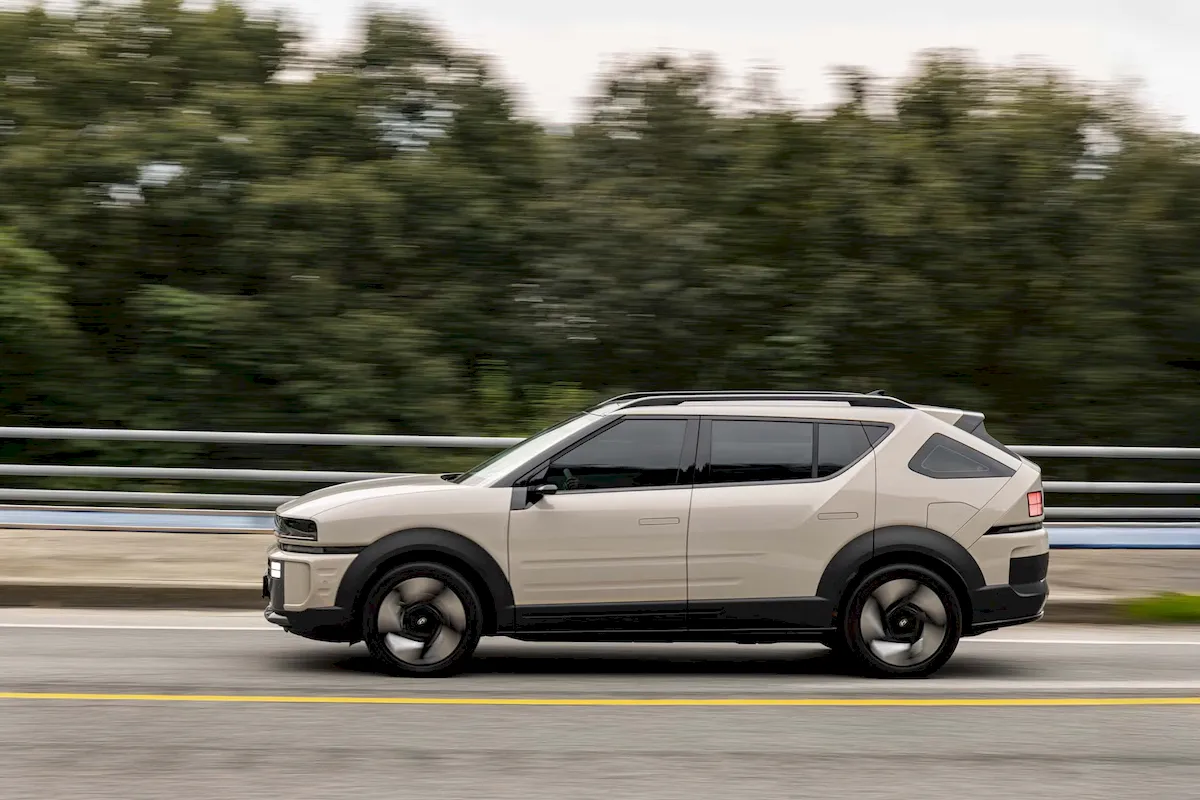
Hyundai reworked the system from the ground up: the fuel-cell stack is now part of the car’s structure, leftover hydrogen is recycled, and a new three-stage air valve boosts efficiency and cold-weather performance. The result? A cleaner, denser setup that frees interior space and improves comfort.
On the Road
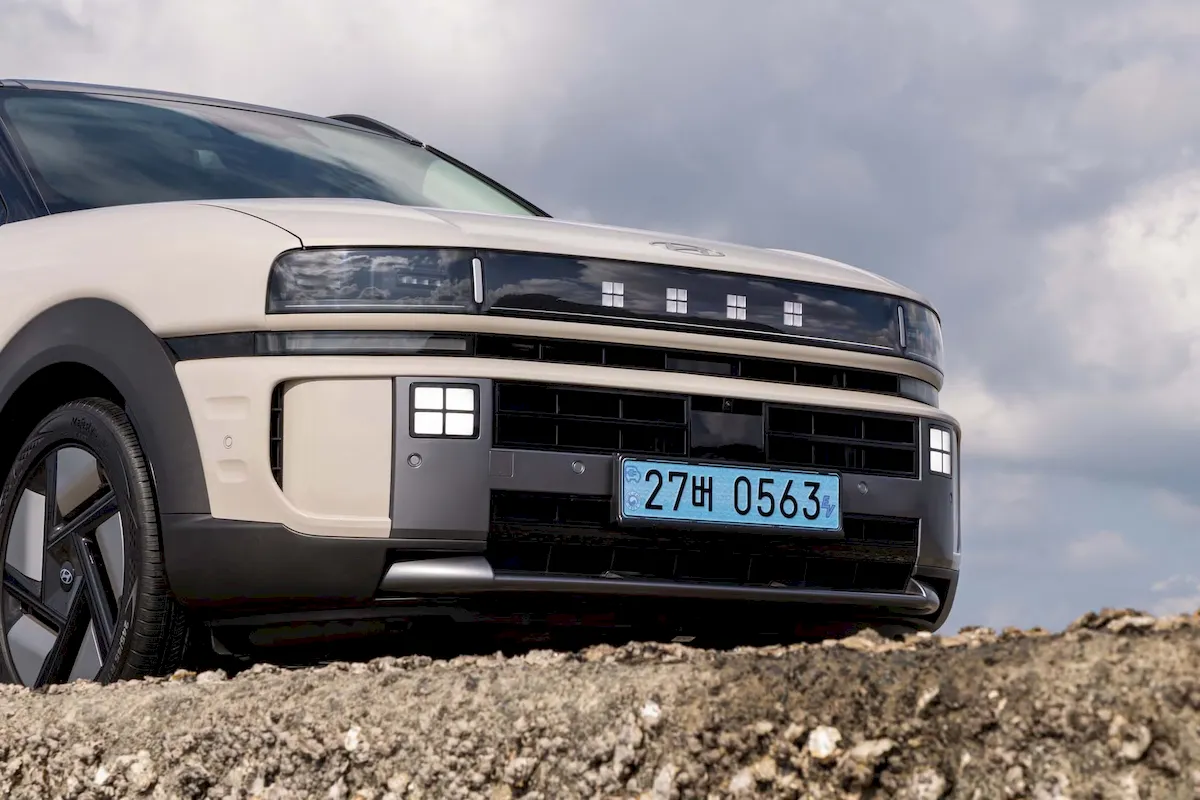
Driving through South Korea’s traffic-clogged roads, the Nexo feels smooth and composed. It doesn’t lunge like some EVs, but power delivery is confident and responsive. When you floor it, the only exhaust is a tiny puff of water vapor — a quiet reminder of how clean it runs.
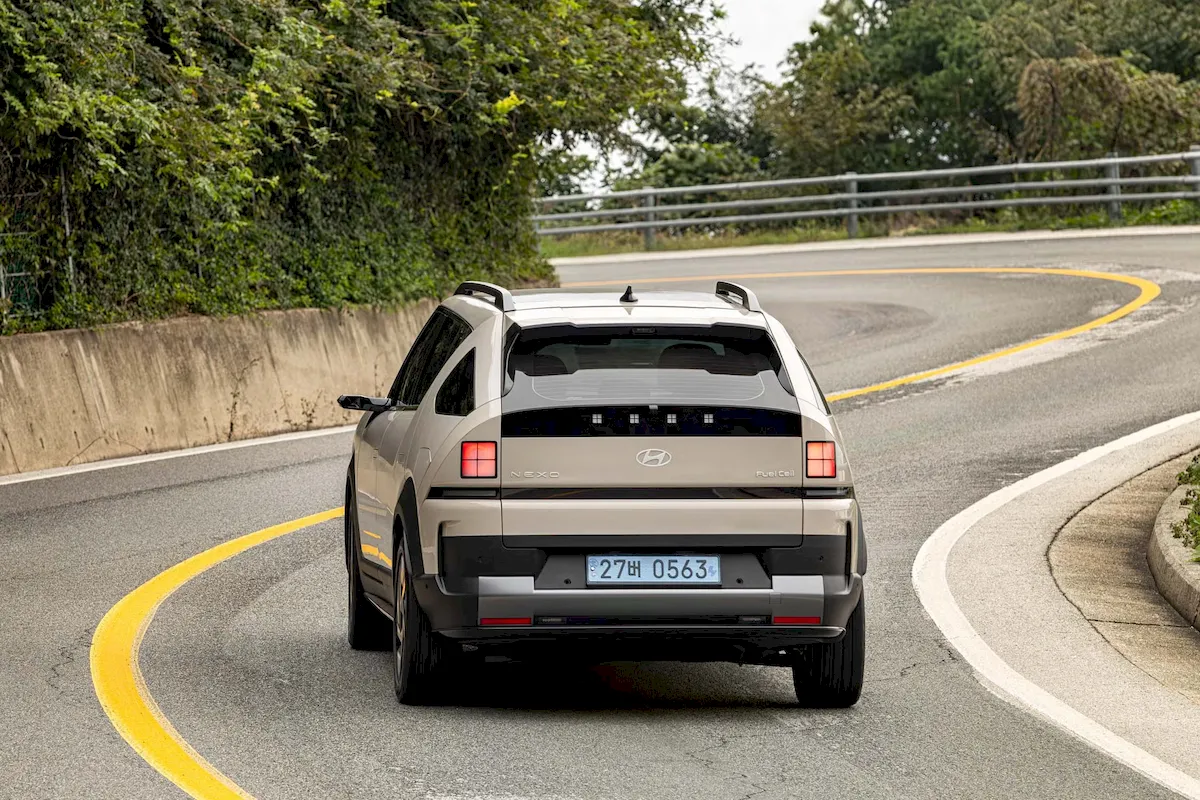
Ride quality is solid, though the 19-inch wheels can make rough pavement noticeable. Cabin insulation, however, is excellent. After 200 miles behind the wheel, barely any road noise crept in. The interior feels premium too: heated and ventilated seats front and rear, wireless charging, USB-C ports, and a 14-speaker Bang & Olufsen setup.
Design and Details
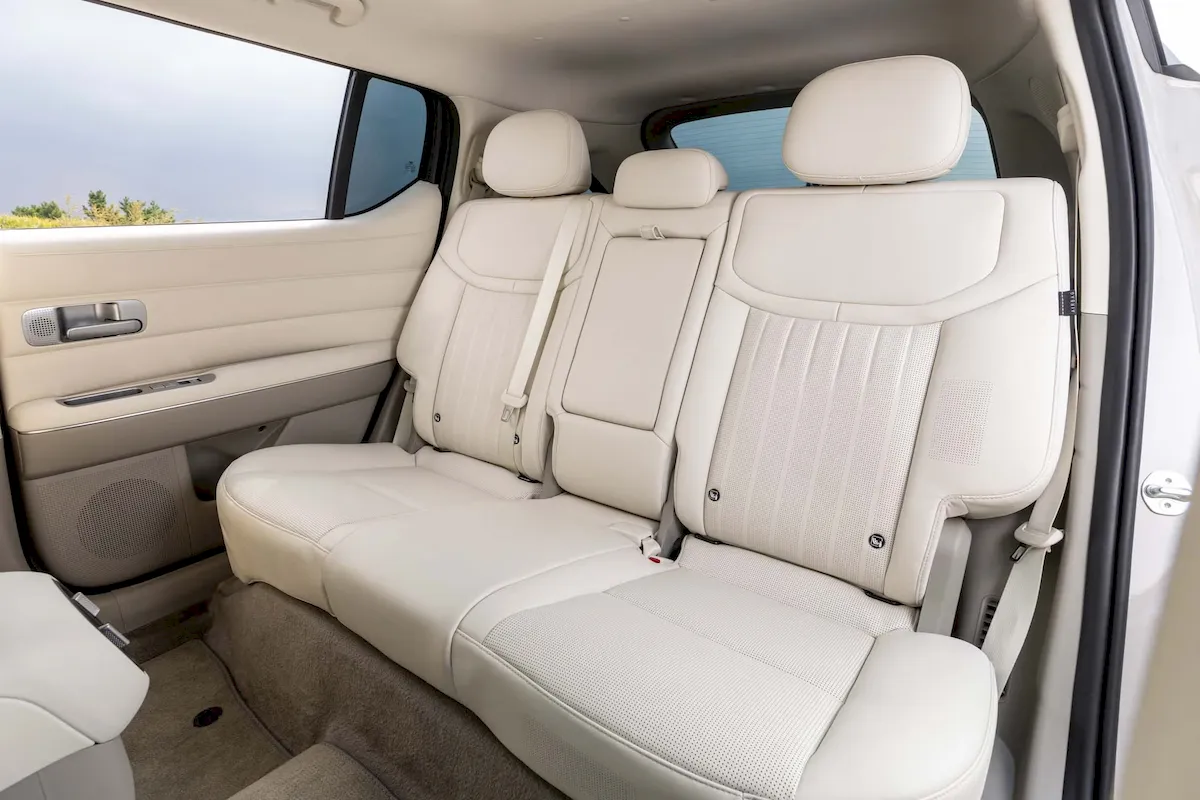
Hyundai’s designers continue their streak of bold, futuristic styling. Pixel-style lights up front and a line of red LEDs across the tailgate give the Nexo real presence. It even supports 3.6 kW of vehicle-to-load power for running tools or appliances — though there’s still no front trunk. Towing capacity is rated at 2,205 pounds, unique among fuel-cell vehicles.
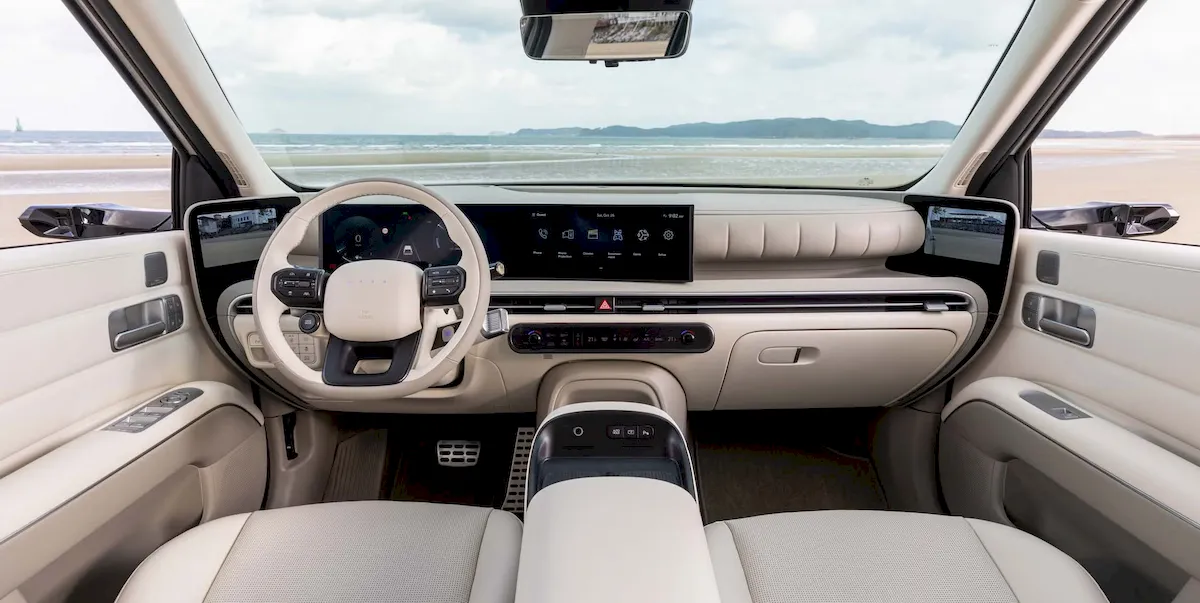
Digital mirrors, common in Korea, replace traditional ones on our test car, projecting the rear view on small screens beside the dash. They take some getting used to but shine at night by cutting glare from headlights.
The Big Question

Hyundai’s challenge in the U.S. isn’t performance or reliability — it’s infrastructure. Without enough hydrogen stations, even the best FCV can’t succeed. But history offers hope: in 2012, the U.S. had just six public DC fast chargers; today there are over 59,000. Growth is possible with the right investment.
Hyundai could try enticing buyers again with “free fuel” lease deals like it did before, but unless there’s a national network of stations, the Nexo’s success will depend on much more than clever engineering.
You may also be interested in the news:

Mitsubishi Falls Behind: Study Reveals the Fastest-Aging Plug-In Hybrids
ADAC finds that plug-in hybrid batteries from different brands degrade at varying rates
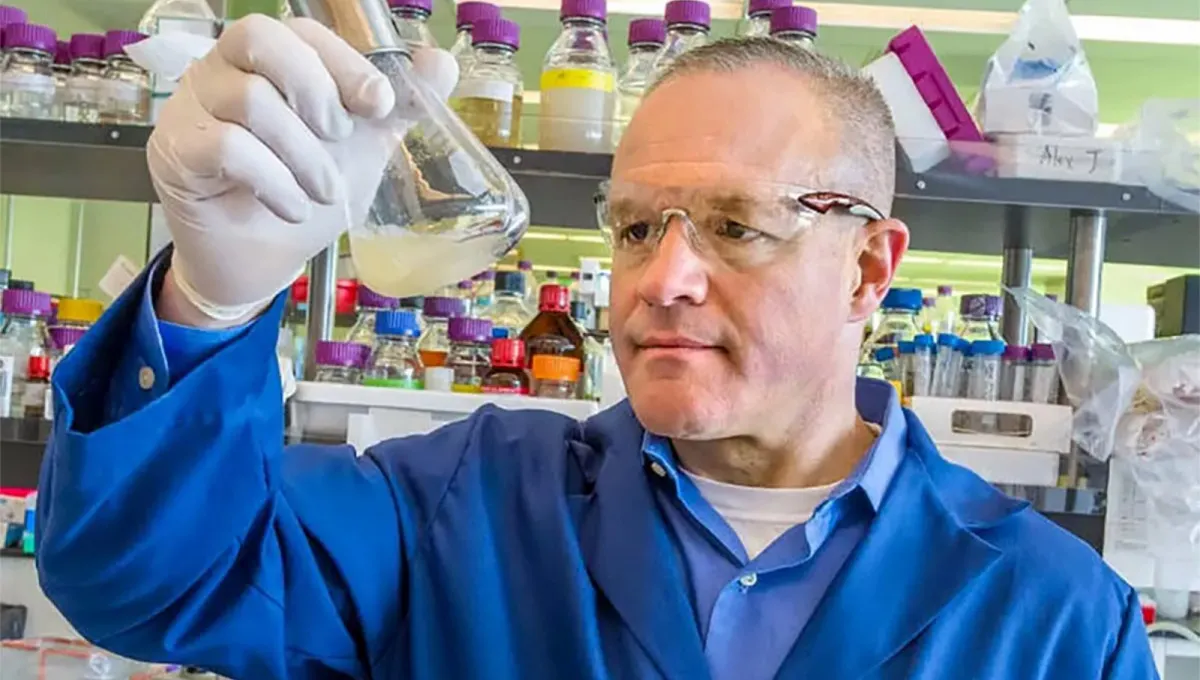
Joint BioEnergy Institute Engineers Bacteria that Can Use Hydrogen Gas for Energy
Researchers engineer bacteria that can use hydrogen gas for energy, freeing up sugar for more efficient production of renewable fuels and chemicals.

Hydrogen Mafia: Toyota hit with $5.7 billion RICO lawsuit
A $5.7B lawsuit alleges that Toyota operated an organized, fraudulent enterprise that intentionally concealed catastrophic safety defects.

American owners of plug-in hybrids are driving on gasoline — interesting information has come to light
Research shows it’s quite the opposite.

Light Toyota Tacoma camper truck makes its own water supply
The Tacoma H2-Overlander Concept proves that hydrogen fuel cell technology can deliver both adventure and performance